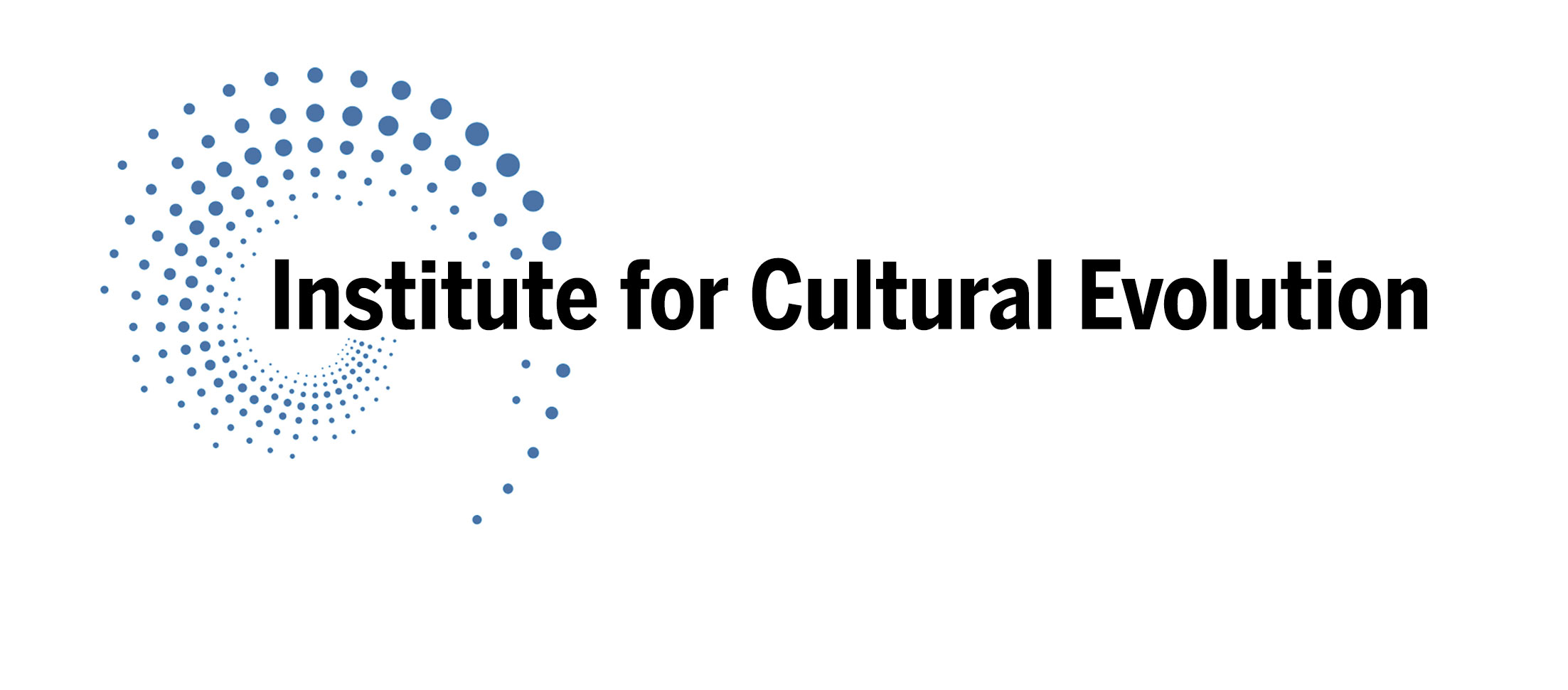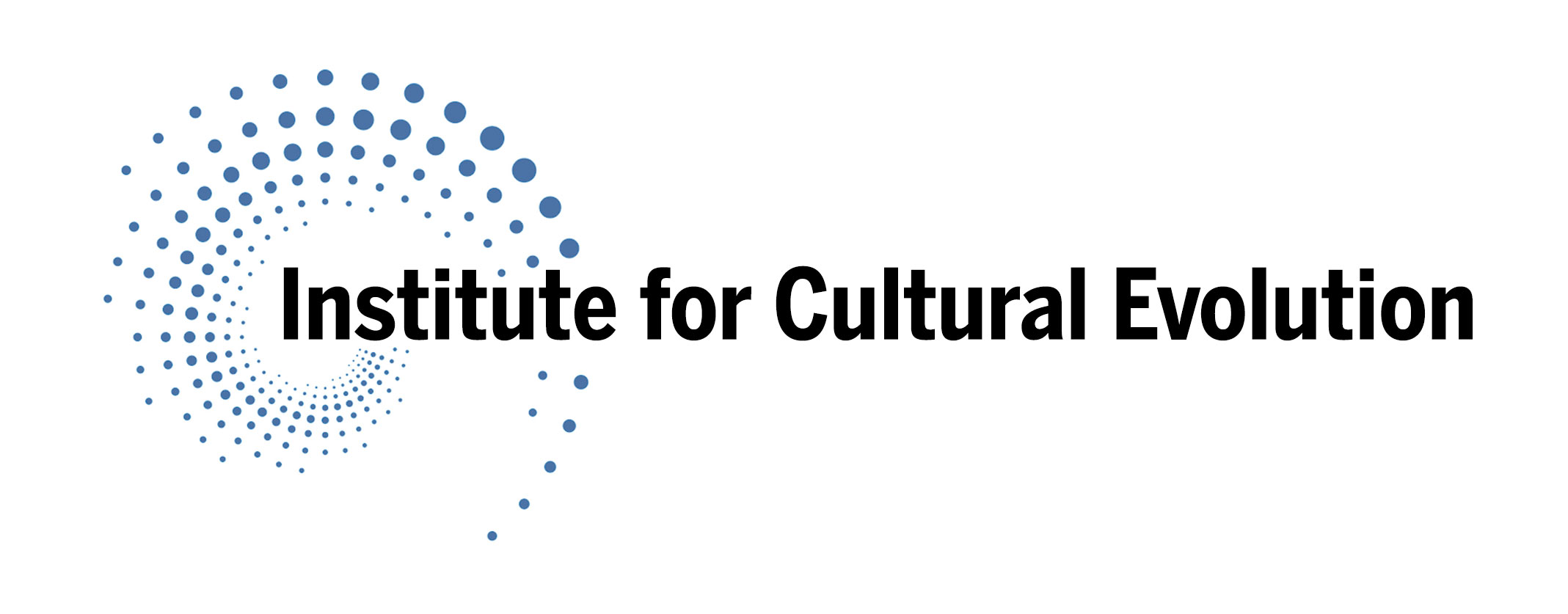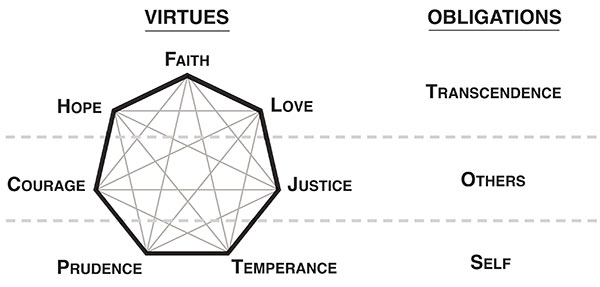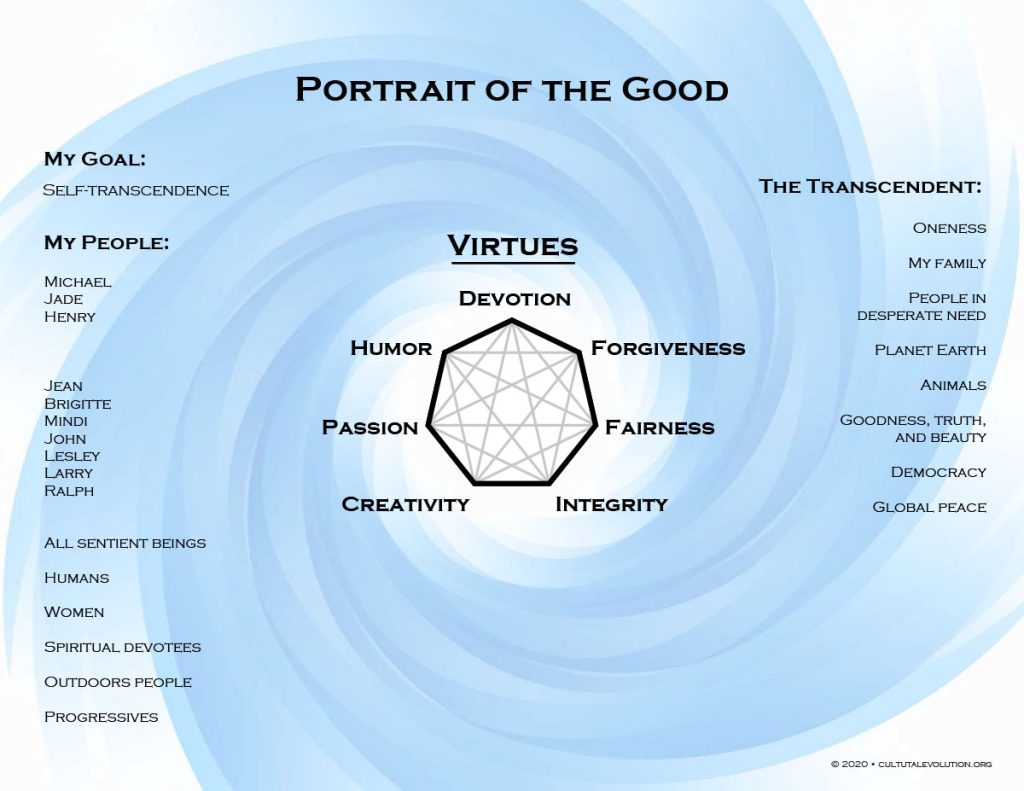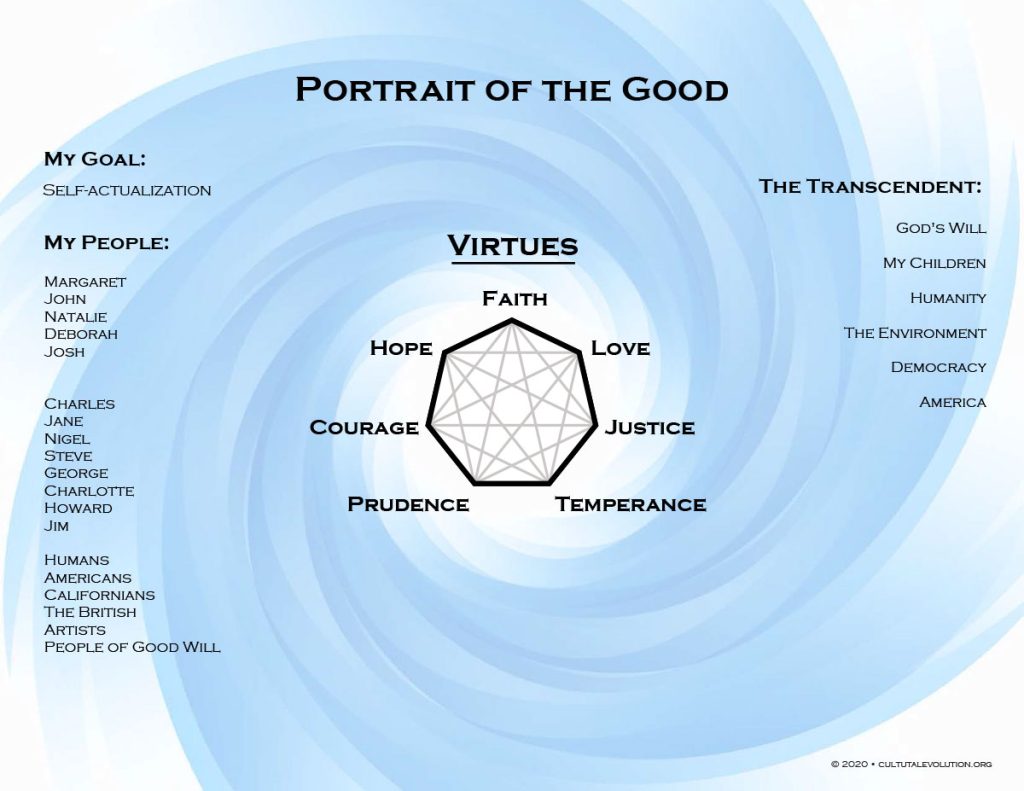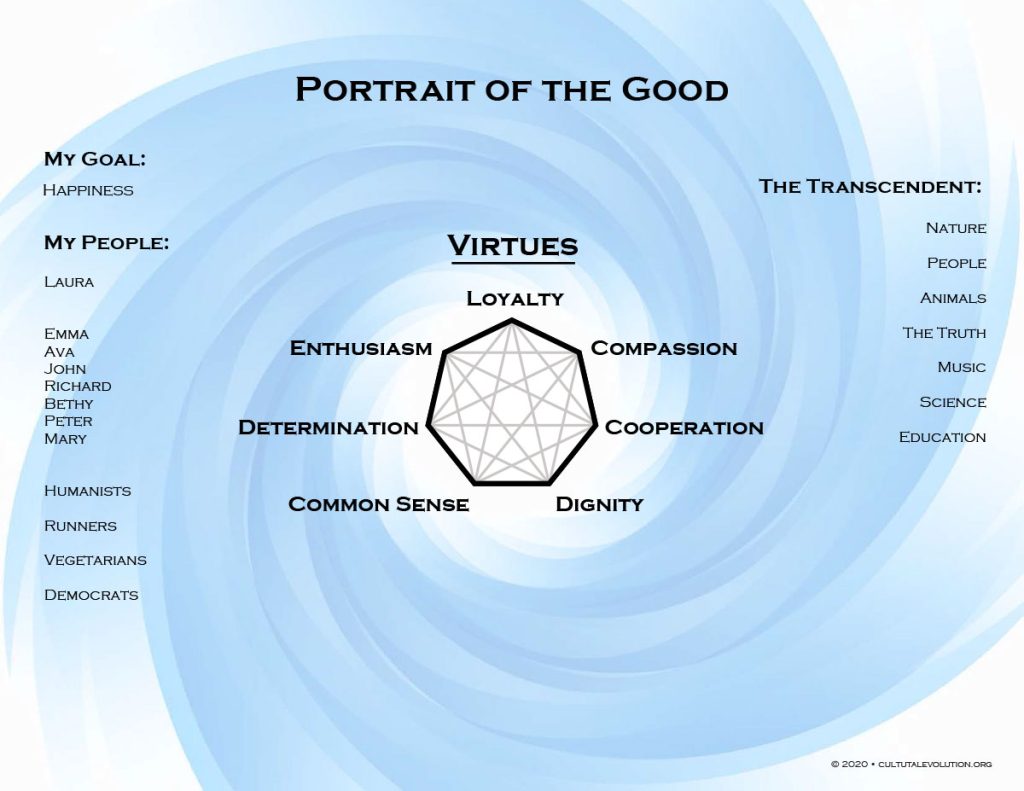The story of how gay marriage has gone from a political impossibility to a cultural reality offers America a practical way forward on the seemingly impossible issue of political gridlock.
In his State of the Union address, the president drew a connection between the success of gay marriage and the possibility of ending gridlock in politics, “I’ve seen something like gay marriage go from a wedge issue used to drive us apart to a story of freedom across our country, a civil right now legal in states that seven in ten Americans call home.”
But what the President didn’t explain was why gay marriage has succeeded, while so many other progressive issues, such as climate change and abortion rights, have lost ground with the American public during the last decade. The secret to the success of gay marriage was that early advocates for the issue integrated conservative values into their proposals, as brilliantly outlined in Andrew Sullivan’s 1989 New Republic cover story entitled “Here Comes the Groom: A Conservative Case for Gay Marriage.”
In the early 1990s when I headed to Washington D.C. to launch Log Cabin Republicans, we did something very counterintuitive. In a series of gay marriage debates with socially conservative organizations, we used faith-based, family oriented, conservative arguments for why gay marriage advanced conservative values. In fact, some progressive LGBT leaders actually opposed gay marriage as an issue to pursue.
The lesson to be learned in the success of gay marriage is found in the way this issue integrates strong American values from both the left and right. And this suggests how we can overcome our hyper-partisan, dysfunctional politics overall, which Americans now rate as the number one threat to our nation’s future.
To overcome our nations’ political gridlock, we’ll need to develop new ways to integrate both the conservative and liberal values that underlie the polarization. Attempting to reform politics, without appreciating the very real cultural world views that drive polarization, will only lead each side to find clever new ways of gaming or disrupting the system to their advantage.
Like gay marriage, policy solutions that actually incorporate some of the best values of the Tea Party right and the Occupy left can move us beyond polarization. But before right and left can come together, we need to depolarize each party first.
Here are three steps we can take to depolarize American politics:
Step one: Depolarize our own thinking by increasing the scope of what we are able to value. This involves taking perspectives that respect the values of those we disagree with, and recognizing the positive motivations of our political opponents.
Step two: Depolarize the conflicting values found within each party. In 2015, this can be accomplished by convening thought leaders from each party in small conclaves tasked with developing policy stances that incorporate the values of both the pragmatic establishment and the ideological base within each party.
Step three: Using the same strategy outlined in step two, work to depolarize the electorate as a whole by crafting policies that incorporate the core values of both sides. While it may sound counterintuitive, the moral views of both conservatives and progressives have more in common then we think. The success of gay marriage demonstrates that when forward-looking issues manage to incorporate and respect traditional values, we create a win for all sides, and our politicians can get things done.

